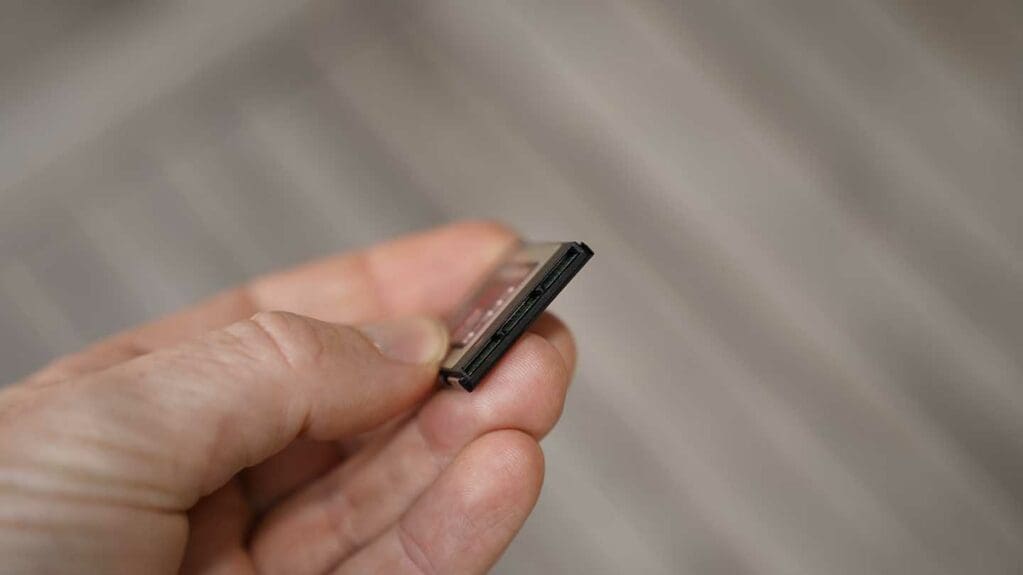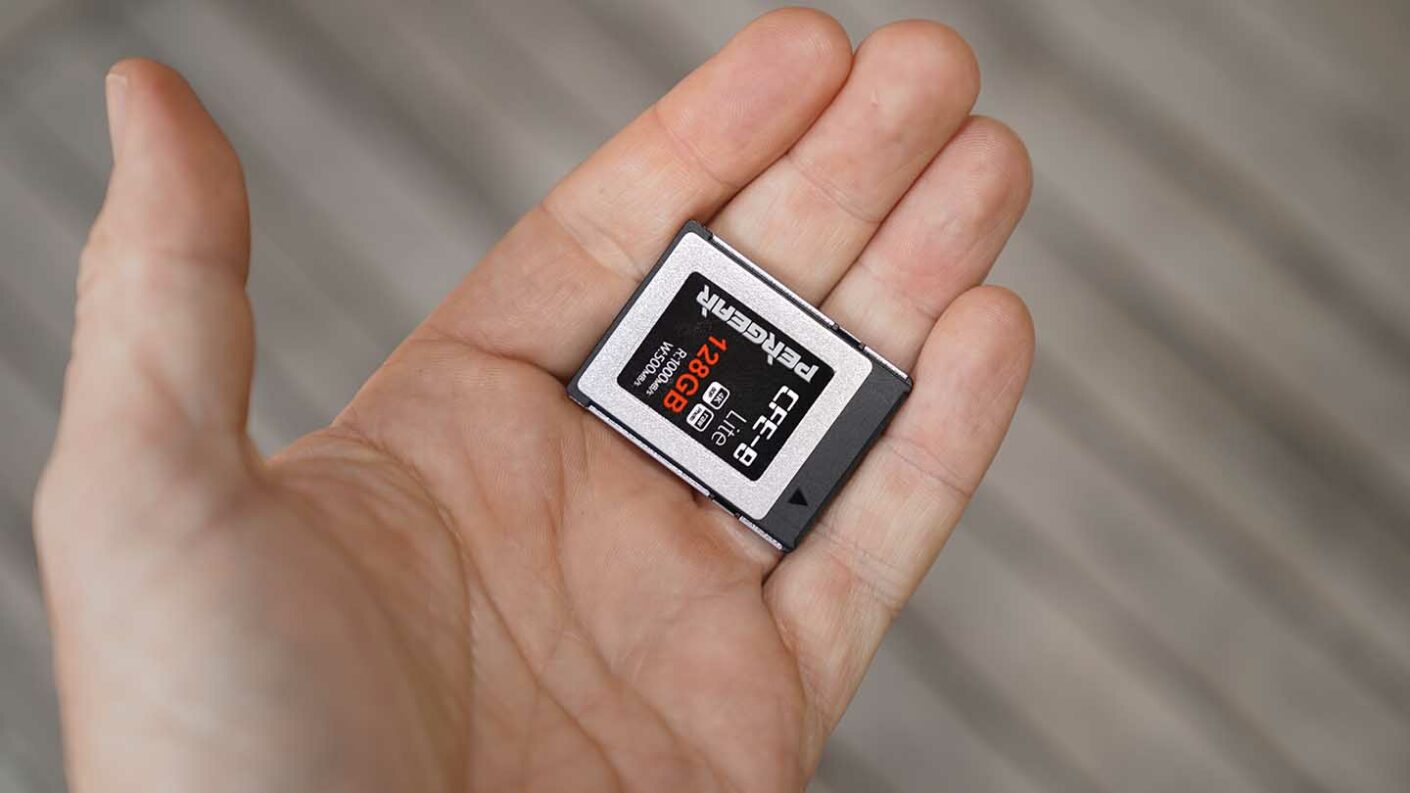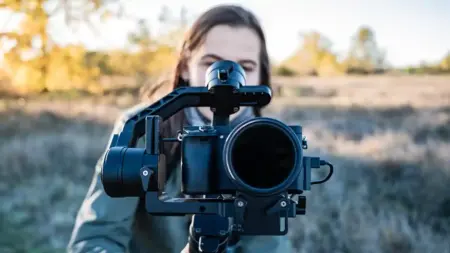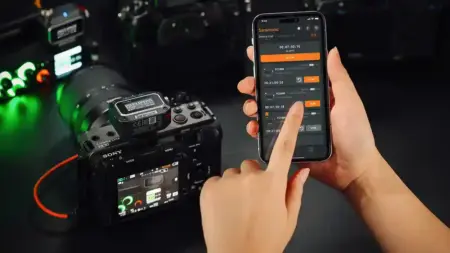Not sure if your memory cards are still performing as well as they should? Then it’s worth checking that everything about the card is working as it should.
The first, and completely non-technical step, is to give the card the once over. In this guide, I’m looking at the Pergear CFExpress 128GB card; it’s a month old but has just gone through the testing process, so it is a bit more battered than a card of this age would usually be.
I’ve been rather careless with the card on purpose, sticking it in my pocket, throwing it in a kit bag, and leaving it lying around so that it can be subjected to the elements. It passed all these tests with flying colours, but has that abuse affected its performance?
On the surface, the card looks fine, with a few scratches, but otherwise in decent enough condition.
By giving the card a visual check, I can see that all seams are meeting correctly and nothing to do with the build is amiss.
This is a CFExpress card, and the design and build of all the samples I’ve seen so far have been pretty robust.
On the other hand, SD cards vary greatly in quality, and all have a small thin piece of plastic that runs down the contacts. This is notorious for breaking off, so a good thing to do when checking an SD is to double-check that this bit of plastic is still intact.
The newer CFExpress cards are not without issue. Fluff and grub get into the contact port, so this is clear under a light check.
Once you’ve confirmed the integrity of the card looks OK, pop it in a card reader and use an application such as Blackmagic Disk Speed Test to check the speeds.
Cards degrade over time, so don’t be surprised if the card is rated less than the advertised read and write speeds.
Checking the Pergear CFExpress 128GB, it’s still performing well with transfer speeds much the same as when new.
Using the Disk Speed Test is a great way to check on the health of your cards. Check a card when it’s new and then again every 3-6 months to see how that card is weathering. If you start to see a dramatic drop in performance, then you know it’s time to replace.

Thankfully, the Pergear CFE-B Lite 128GB card performs along the same lines as when it arrived. However, I want to prolong its life and make sure that it continues to perform as well for as long as possible.
Be it a CFExpress, SD or another format, the basic principle of card care is the same. Look after the card and follow a few simple procedures, and it§ will provide you with secure, reliable storage for many years.
Keep it protected
Don’t just throw your Pergear CFExpress card in the side pocket of your backpack; pop it into a secure card slot or card wallet to maximise its protection.
Keep it clear and formatted.
Once you have taken your pictures, download the image files from the Pergear CFExpress to a backup drive such as the GNARBOX 2.0. That way, if anything happens to the card, you have a backup.
Don’t expose it to temperature extremes.
While the latest cards are designed to withstand temperature extremes, for example, -10 to 70ºC for the Pergear CFExpress, prolonged exposure can still damage the integrity of the card. Keeping the card in a protective case is a good solution.
Always carry a backup.
OK, at £119 ago, the Pergear is relatively cheap compared with the Manfrotto 128GB CFExpess at £149, but that’s still a lot of money. To be on the safe side, it’s worth considering buying two 128GB cards rather than one 256GB, so you always have a backup.
Get organised
It’s basic housekeeping but essential for the longevity of your memory cards. Making sure that you keep cards clear and ready for use is easy with the following steps.

- Keep cards stored in a cardholder when not in use
- When you insert your card into your camera, Format the card using your cameras menu system
- After the shoot, download the image and video files to a backup drive; I would recommend the GNARBOX 2.0
- When you get home, download all files from the card to your desktop storage for review. Or, if you’ve reviewed images on the GNARBOX 2.0, transfer these.
- Format your memory cards and replace them with your cardholder, ready for next time. At all times, you should have two copies of your files
- Review your images and delete the ones you don’t need.
- Copy the files to a backup drive such as the WD MyBook Duo.
- Use an online backup service such as BackBlaze to create an online backup of your files.





Leave a Reply